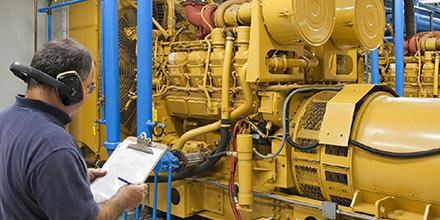
"What should be included in our lubrication task work orders?"
Lubrication work orders are often quite generic and include simple instructions, such as "clean, lubricate and inspect the component." When work orders are written in this manner, it can be difficult to ensure the work is being performed in a consistent, best-practice approach. To allow even an inexperienced individual to complete the tasks correctly, the instructions should include as much detail as possible.
There are many ways to describe a set of lubrication instructions. The term "work order" generally is used in maintenance when a machine needs to be repaired. It may also be used to describe lubrication tasks that must be accomplished during a specific time frame. For example, if the oil in a turbine system has been sampled and deemed to be at the end of its useful life, a work order may be generated to change the oil at the next scheduled outage.
Typically, lubrication instructions reside in what is known as preventive maintenance (PM) instructions. All machines have recommended service intervals. The tasks performed at these intervals are called PMs. A machine is scheduled to be removed from service to allow the maintenance or PM crew the opportunity to complete the work as stated in the PM document.
Routes and rounds are other terms used to describe the routine lubrication work at a facility. These routine tasks may include the relubrication of a bearing with a grease gun or the inspection of a machine's sight glass. They can be executed daily, weekly, monthly or at any frequency that is conducive to the machine's performance.
Regardless of what these procedures are called, there are some best practices that should be followed. Prior to creating any working instructions, a list should be formed with all the prerequisites for completing the task, such as any lockout/tagout or safety requirements. The machine name, component list and number of lube points should also be in the heading of the procedure. A listing of all tools, lubricants and consumables utilized during the procedure should be indicated early in the document as well. This will allow the technician to gather all the items prior to performing the work and minimize any work stoppage. In addition, the instructions should be written using clear language and progress chronologically through all the required steps.
For procedures with more impact, include pictures. Ideally, these photos should be of the machine and its lube points as well as the necessary tools. This is becoming the norm for all maintenance procedures. Other items to consider are the running state of the equipment when performing the task, the time to complete the work and links to technical references.
Keep in mind that all individuals expected to complete a procedure should be trained not only on how to perform each step but also on why the procedure exists. By incorporating these items into your lubrication procedures, you can help ensure your equipment will be well-maintained.








